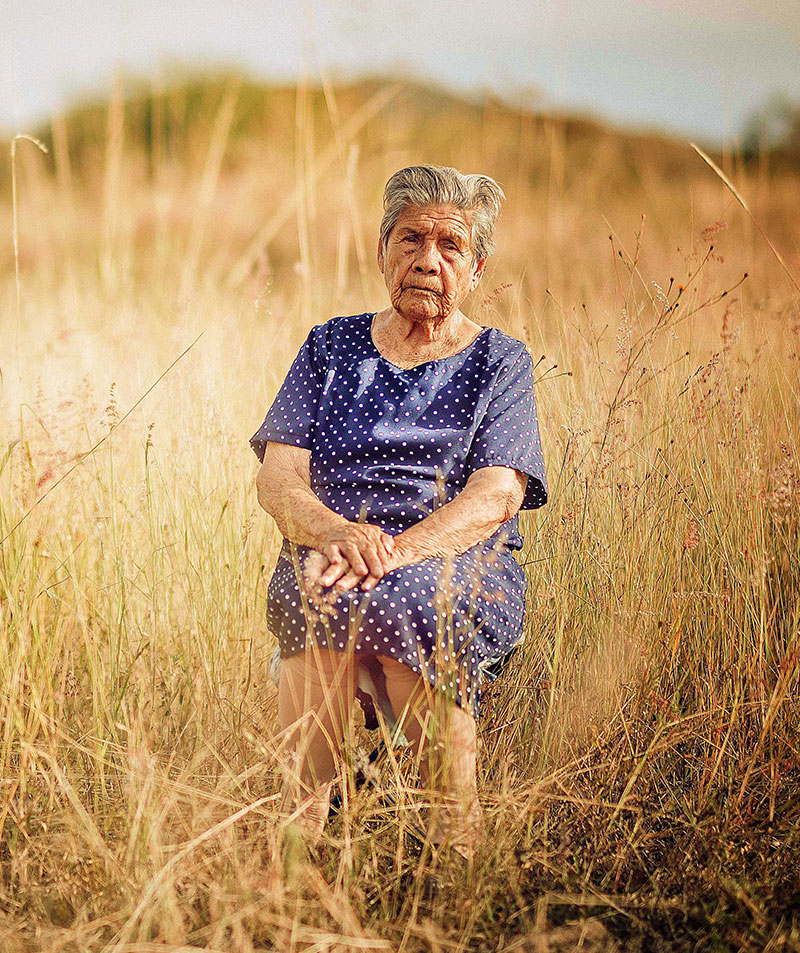Indicators of Abuse, Neglect, or Exploitation
An APS (Adult Protective Services) worker is trained to know the signs of elder abuse, neglect, or exploitation. By recognizing the indicators, APS workers can better assess these situations and take action when warranted. The following is a general list of indicators of elderly abuse, neglect, or exploitation. These signs are evaluated in conjunction with other information about the individual’s situation.
The Adult Protective Services law provides for the reporting of a reasonable suspicion of abuse, neglect or exploitation of a vulnerable adult. It is not necessary that the report be based on eyewitness accounts, incriminating statements, or other types of evidence that would be admissible in a court proceeding under the formal rules of evidence. The report can be based on hearsay or circumstantial evidence as long as that evidence gives rise to a reasonable suspicion of abuse, neglect or exploitation.

Indicators of Abuse in Physical Appearance:
- Burns
- Bilateral bruises on upper arms, such as those caused by shaking
- Clustered bruises on trunk, such as those caused by repeated striking
- Bruises resembling an object
- Old and new bruises (indicates repeated injuries)
- Bone fractures and signs of fractures
- Lacerations, welts, and black eyes
- Bed sores and/or other unhealed sores
- Untreated injuries
- Broken glasses or frames
- Lack of prosthetic devices
- Clothing that is inappropriate for the weather, dirty/torn, or too big/small
- Wearing the same clothing all the time
- Urine-soaked clothing
- Bruising around wrists and ankles, such as those caused by restraints
- Shoes on wrong feet
- Body odor, lice, and/or fleas
- Malnutrition or dehydration
- Swollen ankles, swollen legs, and/or blue feet
- Decayed teeth
- Swollen, red, and/or painful eyes
- Severe or constant pain
- Coldness in parts of body
- Swelling of joints accompanied by weakness or fever
- Sudden weight loss/gain
- Loss of sight or hearing
- Heat exhaustion
- Overmedication
- Thin hair that appears to be caused by pulling
- Dilated pupils
- Nails need clipping
Behavior-Related Signs of Abuse, Neglect or Exploitation:
- Recent or sudden changes in behavior
- Unjustified fear or suspicion
- Refusal to open the door to family/friends
- Denial of obvious problems; refusal to recognize the need for help
- Implausible or inconsistent explanations for injuries
- Unaware of income or regular monthly expenses
- Recent changes to will, representative payee. trust documents, and/or power of attorney
- Transfers of title to property, change of beneficiaries on insurance policies
- Large cash withdrawals
- Newly-opened joint accounts
- Payment of exorbitant prices for goods, services
- Depleted bank accounts
- Large amount of purchases on credit or ATM withdrawals
- Chronic failure to pay bills
- Frequently running out of money at the end of the month
- Frequent moves
- Prolonged interval between injury and treatment
- Changing doctors frequently
Environmental Signs of Abuse, Neglect, and Exploitation:
- Hazardous home conditions such as poor wiring, rotting porch, broken glass, no locks, unventilated gas, roof leaks, and/or burst water pipes
- Numerous outdated medications from different doctors
- Medicine not clearly marked
- Fecal, urine smell
- Soiled bedding, furniture
- Evidence of restraints
- Lack of food, inadequate or spoiled food
- Empty liquor bottles
- Lack of electricity, heat, water, working toilet, cooking facilities, and/or refrigeration
- House infested with fleas, lice, roaches, and/or rats
- Disappearance of personal property, and/or household items
- Home too hot or too cold
- Extreme clutter and/or hoarding
Behavior of Abusive, Neglectful, & Exploitative Family/Caregivers:
- Isolating the elderly person from family and friends; not allowing visitors
- Criticizing, mocking, or making demeaning remarks toward the elderly person
- Marital or family discord; continuous friction, secretive behavior, poor self control among household members
- Conflicts with neighbors and others in the community
- Showing hostility or little concern for the elderly person
- Blaming the elderly person for problems
- Denying obvious problems regarding the elderly person’s situation
- Arguments within extended family regarding care provided to the elderly person
- Manipulating the elderly person into paying family member/caregiver’s bills, borrowing money from the elderly person
- Alcohol abuse; drug use
- Resentment or jealousy toward the elderly person
- Lack of knowledge of elderly person’s condition and care needs
- Evidence/history of mental illness in family
- Leaving the elderly person alone for extended periods of time
- Excessive payments by the elderly person to caregiver for care
- Failing to provide the elderly person with needed personal care
- Withholding of food, medication
- Lack of interaction with the elderly person
- Unrealistic expectations of the elderly person
- Implausible or inconsistent explanation for the elderly person’s injuries
- Recent appearance of previously uninvolved relatives or a new “best friend”
- Numerous persons living with the elderly person who have no apparent income; who are financially dependent on the elderly person

Filing a Report
Have you seen any of the indicators with any of the elderly people you work with? If so, you should have reasonable cause to believe that physical abuse, emotional abuse, sexual abuse, neglect, or financial exploitation has occurred. Anyone can report suspected abuse by calling the Adult Protective Services (APS) statewide Centralized Intake Unit: 855-444-3911 (toll free). The Intake Unit operates 24 hours/day, 7 days/week. A written report may be submitted at the discretion of the reporting person but is not required. In Genesee County, a report can also be made by calling the Genesee County Sheriff’s Elder Abuse Unit at 810-257-3422. For more information on reporting elderly abuse, review other reporting methods and contacts on this site.
